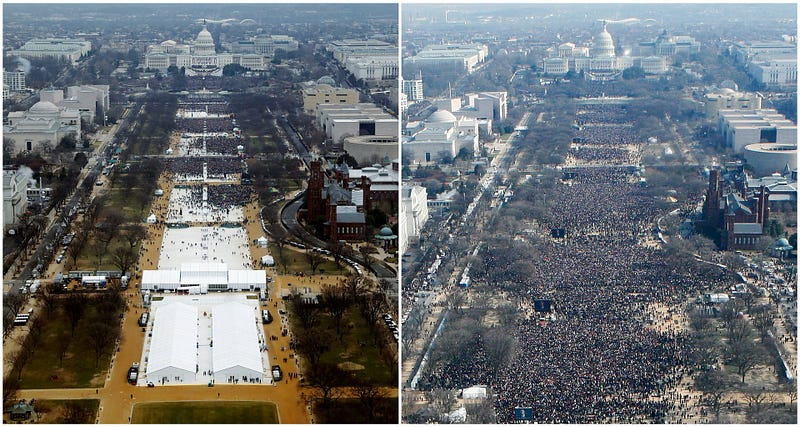Before I decide how I want my next baby quilt to look, I pull out the quilt books on my shelves, the magazines that I have sitting just waiting for me to leaf through their pages, and check out some of my patterns that I have saved either in boxes or on the computer files.
Through the years, I have learned to carry my camera or a sketch pad to quilt shows, or even in a quilt shop if I see a design that intrigues me. Filing that information away and waiting for a time when I just may use pieces or bits of those designs to get an inspiration for a quilt of my own.
Here are some of the starting points that I deem necessary to consider when designing a new quilt:
Decide on the style of baby quilt you would like to make. Is the baby quilt going to be a traditional patchwork, or more contemporary? Do you want to piece the quilt top or appliqué? Maybe a combination of the two?
Ask yourself what is going be the purpose of the new a quilts, will be baby quilts for sale or you will keep them for your own use. How much wear and tear will it receive and will the quilt be subject to repeated laundering? A baby's quilt more often soiled, dragged on the floor may need to have a quick and easy design, as compared to a wall hanging or a bed quilt, that is well cared for.
Decide how much time you have available to denote to the baby quilt project. If you need to complete the quilt in a short period of time, select a pattern or design for your quilt that requires limited hours of your time to quilt. Yet, if you have the time to put into hand sewing or appliquéing a special baby quilt, choose an intricate design and put more effort into the quilting.
Fabric is always an important decision. If you choose a busy print this will hide the quilting design, use a cross-hatch grid or quilt in the ditch method. Place intricate and detailed quilting motifs on solid-color fabrics or tone-on-tone prints.
Remember that you also need to consider you own level of expertise. If you are just a beginning quilter, choose patterns and designs that are simple and require straight lines or grids. If you have the expertise to handle more advanced techniques, challenge yourself with the more intricate patterns, such as feather designs or if you machine quilt, meander or stipple quilting.
Once you are ready to bind your baby quilt, consider again your skill level, time constraints, how much use the baby quilt will receive, or whether the baby quilt has edges that are straight, irregular or curved.
I have one more important and vital part to the process that many quilters tend to skip. Photograph your quilt both from far away and close up shots. Keep these either in an album of all your treasured works of art that your print out at your local photo shop or store digitally, both on your computer and also on a back-up copy (CD or jump drive), just in case the technology fails.
A baby quilt is an heirloom and records should be kept.
Come and choose one our handmade children's quilts, a lasting keepsake, a unique birthday gift, or Christening gift, for that special "little one."


